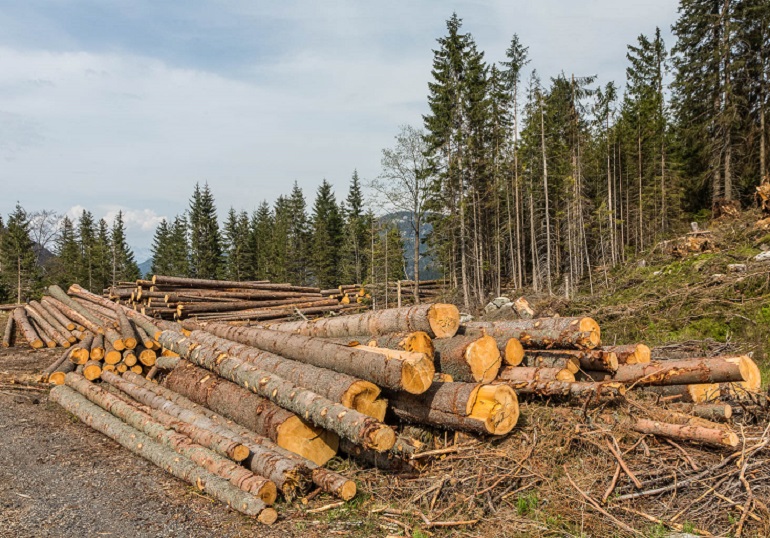

The eastern lowland gorilla or gorilla beringei graueri is a species of gorilla at the verge of extinction. It lives in the tropical rainforests of the Democratic Republic of Congo. Their status is endangered and their population is under 4,000. WWF or World Wildlife Fund states that the population of eastern lowland gorillas has decreased over 50% since 1990, when their population was about 17,000.
Throughout the unrest, the gorillas have been vulnerable to poaching, even in Kahuzi-Biega National Park, home to the largest population of protected eastern lowland gorillas. Rebels and poachers invaded the park and people set up illegal mines. The last census, in the mid-1990s, estimated that there were only 16,900 of the animals left in the wild, but following more than a decade of habitat destruction and fragmentation and years of civil unrest, the eastern lowland gorilla’s population may have declined by half or more.

As humans have moved from high-density regions in the East into the gorilla’s territory, they have destroyed and fragmented much of the animal’s forest habitat to make room for farming and livestock. Illegal mining for tin, gold, diamond and, especially coltan, is widespread throughout the eastern lowland gorilla’s range. This mining has helped to fuel the civil unrest in the region and attracted migrants who hunt the animals for bushmeat, medicine and the capture and trade of infant gorillas.